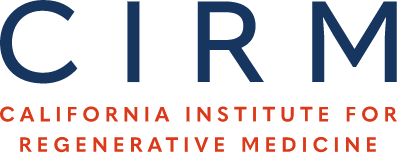Scaling Insulin-Producing Cells by Multiple Strategies.
Publication Year:
2024
PubMed ID:
38572534
Funding Grants:
Public Summary:
For people living with insulin-dependent diabetes mellitus (IDDM), managing blood sugar levels is a daily challenge. While current treatments like insulin injections help, they don’t cure the disease. One promising approach is to replace the damaged insulin-producing cells in the pancreas with healthy ones. This is already being done using cells from deceased donors, but there are two big problems: there aren’t enough donors, and patients need to take drugs to stop their immune systems from rejecting the new cells.
Scientists have discovered how to turn human induced pluripotent stem cells—cells that can become almost any type of cell in the body—into insulin-producing cells. These lab-grown cells could one day provide a limitless supply of healthy pancreatic cells for people with diabetes. Researchers are now finding ways to grow these cells faster and more efficiently. Instead of going through a long and complex process to turn stem cells into mature insulin-producing cells, new techniques allow scientists to directly expand the number of pancreatic “progenitor” cells—early-stage cells that are already on the path to becoming insulin producers. Some methods even allow for the expansion of mature β cells themselves.
However, there are still hurdles to overcome. Making sure these methods work consistently and can be scaled up to treat many patients is a major challenge. The technology must also be cost-effective and practical to use in real-world healthcare settings.
This publication takes a close look at the latest breakthroughs in this field. It reviews the most promising techniques for growing insulin-producing cells and evaluates how ready they are for widespread use. The authors also highlight the key obstacles that still need to be addressed, such as making the process more reliable, affordable, and easier to manage on a large scale.
In short, this review offers a roadmap for how we might one day use stem cells to cure diabetes. It shows that while we’re not there yet, we’re getting closer—and the future looks hopeful.
Scientific Abstract:
In the quest to combat insulin-dependent diabetes mellitus (IDDM), allogenic pancreatic islet cell therapy sourced from deceased donors represents a significant therapeutic advance. However, the applicability of this approach is hampered by donor scarcity and the demand for sustained immunosuppression. Human induced pluripotent stem cells are a game-changing resource for generating synthetic functional insulin-producing beta cells. In addition, novel methodologies allow the direct expansion of pancreatic progenitors and mature beta cells, thereby circumventing prolonged differentiation. Nevertheless, achieving practical reproducibility and scalability presents a substantial challenge for this technology. As these innovative approaches become more prominent, it is crucial to thoroughly evaluate existing expansion techniques with an emphasis on their optimization and scalability. This manuscript delineates these cutting-edge advancements, offers a critical analysis of the prevailing strategies, and underscores pivotal challenges, including cost-efficiency and logistical issues. Our insights provide a roadmap, elucidating both the promises and the imperatives in harnessing the potential of these cellular therapies for IDDM.



